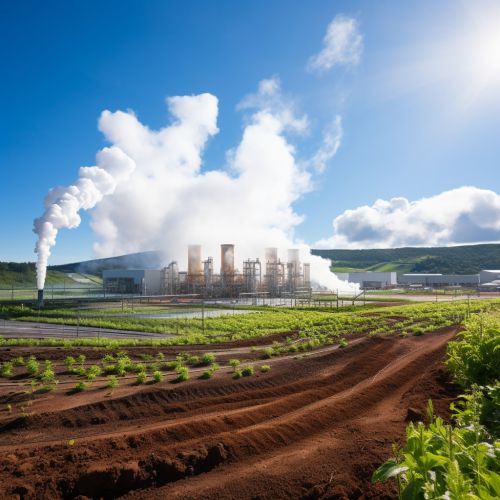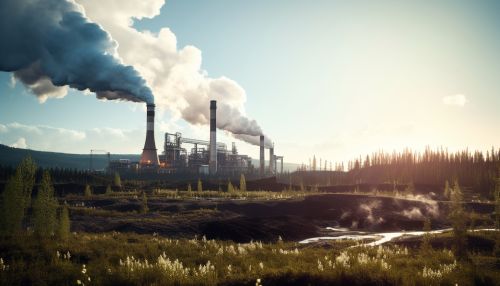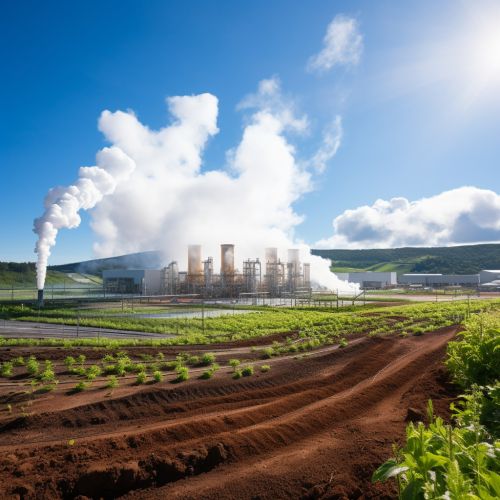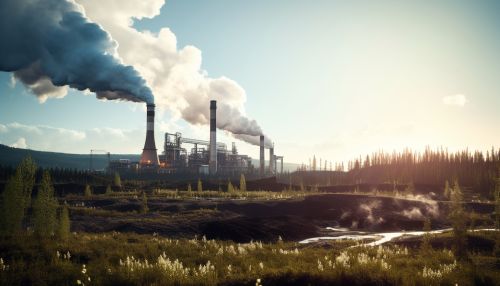The Science of Earths Geothermal Energy Resources and Utilization
Introduction
Geothermal energy is a form of renewable energy harnessed from the natural heat stored within the Earth's interior. This heat is generated by the decay of radioactive isotopes and the residual heat from the Earth's formation. The utilization of geothermal energy is a complex science that involves understanding the Earth's geothermal resources and the methods of harnessing this energy for practical use.


Geothermal Resources
Geothermal resources refer to the natural reservoirs of heat energy stored within the Earth. These resources are primarily located in regions of high tectonic activity, such as the Pacific Ring of Fire, where the Earth's crust is thinner and heat from the mantle is more accessible.
Types of Geothermal Resources
There are three main types of geothermal resources: hydrothermal, geopressured, and hot dry rock.
- Hydrothermal reservoirs are the most common type of geothermal resource. They are characterized by the presence of hot water or steam trapped in permeable rock formations. Hydrothermal reservoirs are further classified into low, medium, and high temperature reservoirs, depending on the temperature of the water or steam.
- Geopressured reservoirs contain hot water and natural gas under high pressure. These reservoirs are typically found in deep sedimentary basins.
- Hot dry rock (HDR) resources are characterized by high temperature rocks with low permeability. HDR resources are found deeper within the Earth's crust and require advanced technology to extract the heat energy.
Geothermal Energy Utilization
The utilization of geothermal energy involves extracting the heat from geothermal resources and converting it into a usable form of energy, such as electricity or heat.
Geothermal Power Generation
Geothermal power generation is the most common method of geothermal energy utilization. It involves drilling wells into geothermal reservoirs to access the hot water or steam, which is then used to drive a turbine connected to a generator.


There are three main types of geothermal power plants: dry steam, flash steam, and binary cycle.
- Dry steam power plants use steam directly from a geothermal reservoir to drive the turbine. This is the oldest and simplest type of geothermal power plant.
- Flash steam power plants use high-pressure hot water from a geothermal reservoir. The water is depressurized or "flashed" into steam, which drives the turbine.
- Binary cycle power plants use a secondary fluid with a lower boiling point than water. The hot geothermal fluid heats the secondary fluid, which vaporizes and drives the turbine.
Direct Use of Geothermal Energy
In addition to power generation, geothermal energy can also be used directly for heating and cooling applications. This includes space heating, industrial process heat, and geothermal heat pumps for heating and cooling buildings.
Environmental Impact and Sustainability
Geothermal energy is considered a sustainable and environmentally friendly source of energy. It produces significantly less greenhouse gas emissions compared to fossil fuels and does not contribute to air pollution. However, the extraction and utilization of geothermal energy can have local environmental impacts, such as land use changes, noise pollution, and the potential for induced seismicity.
Future of Geothermal Energy
Advancements in geothermal technology and an increased focus on renewable energy sources suggest a promising future for geothermal energy. Emerging technologies, such as enhanced geothermal systems (EGS), have the potential to significantly increase the accessibility and efficiency of geothermal energy extraction.
